Fat is a very necessary part of the daily diet and plays an important role in maintaining tissue health and facilitating the absorption of the fat soluble vitamins: A, D, E and K. Fat is stored throughout the body and it can be used to provide energy. However, during exercise, glycogen is the initial source of energy and is more readily available.
So when you begin an exercise session, your body calls upon its stores of glycogen for fuel. It is only when glycogen supplies are exhausted that fat may be mobilized as a fuel source, but only when oxygen is present.
Regular exercise and aerobic exercise in particular improves the circulatory system, enhancing the transportation of oxygen around the body which facilitates the breakdown of fat for use as energy. So for short bursts of aerobic exercise and most strength training sessions, the body’s fuel of choice will be glycogen and not fat.
What are the types of fat in food?
There are three main types of fat in food: saturated, polyunsaturated and mono-unsaturated and it is important to understand a little about each of these. Saturated fats are usually hard or solid fats (when at room temperature) and are found mainly in meat and dairy products.
Polyunsaturated and mono-unsaturated fats are usually in the form of oils at room temperature and are derived mainly from plant sources and oily fish. Some margarine products are high in poly or mono-unsaturated fats and are solid at room temperature because they have undergone a process called hydrogenation.
This changes their chemical structure and produces trans fats, which are linked to an increased risk of coronary heart disease.
How much fat should I eat?
Fat is high in calories, with each gram of fat equating to 9 calories which is more than twice the calorie value of a gram of protein or carbohydrate (at 4 calories per gram).
The amount of fat in the average adult diet should be within the range 20% to 35% of the total calorie intake. However, for strength training and body-building, the lower limit of 20% is recommended to maintain leanness and definition.
This means that if your daily calorie requirement is 2,500, then the amount of fat in your daily diet should be 55.6 grams (equivalent to 500 calories).
All fats are not equal and most of your intake should be poly or mono-unsaturated fats, as opposed to saturated and trans fats.
Maintaining a low fat diet is not difficult to do if you follow these simple rules:
- Stick to low-fat options where you can
- Choose the leanest cuts of meat
- Trim off visible fat
- Keep processed foods to a minimum
Be sure to get the best possible nutrition and keep.. moving!
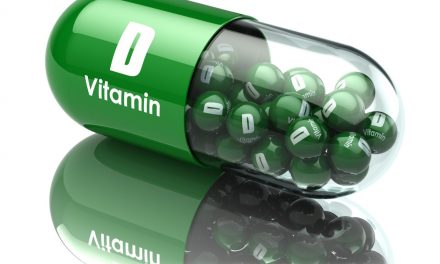
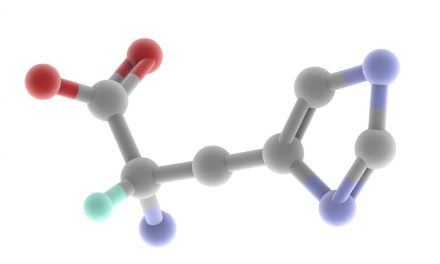
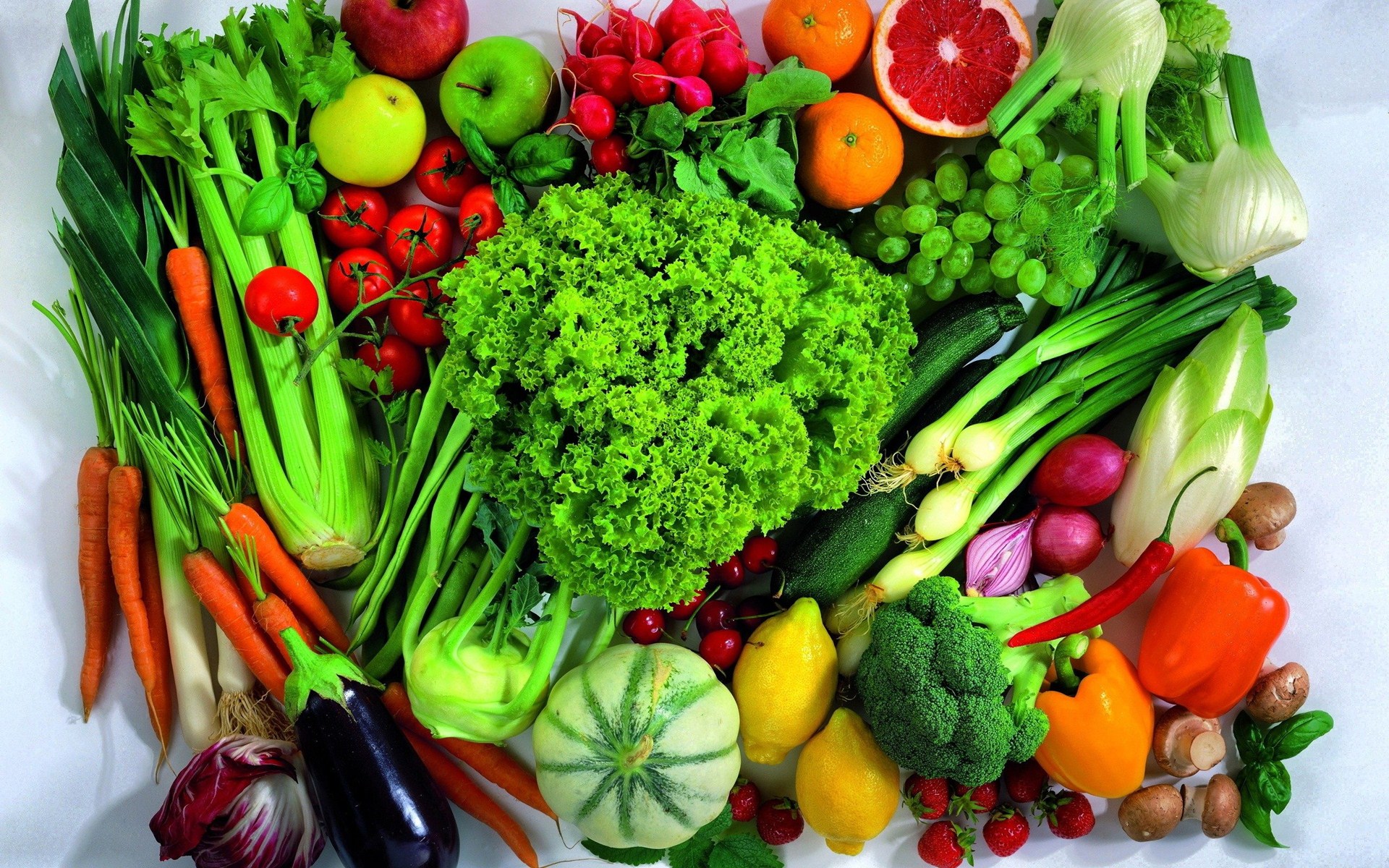
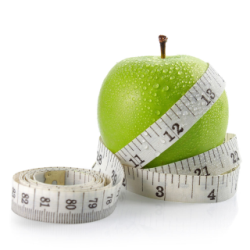





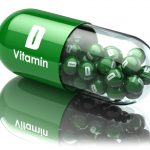


I want to voice my gratitude for your kind-heartedness giving support to persons who really want guidance on the study. Your real commitment to getting the solution across appeared to be wonderfully beneficial and has usually helped somebody just like me to realize their endeavors. Your amazing informative advice can mean a great deal a person like me and substantially more to my mates. With thanks; from everyone of us.